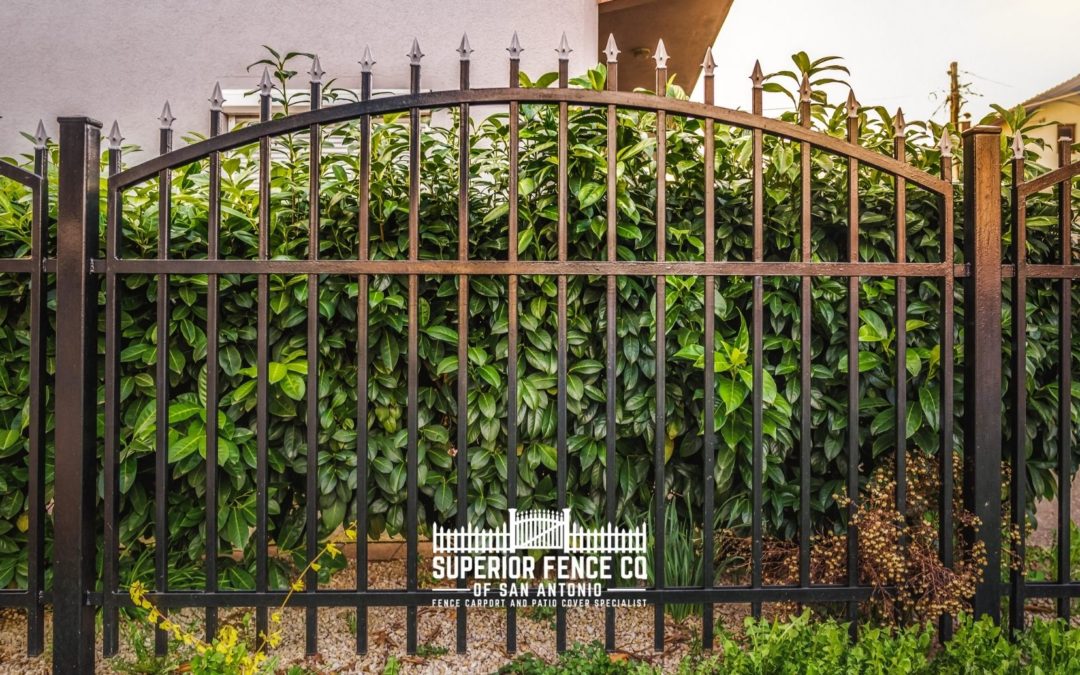All Categories
Featured

Fencings are a vital part of your property, using personal privacy, security, and visual worth. They are continuously revealed to the aspects and can experience from weather-related damages over time. Whether it's solid winds, rain, snow, or intense warmth, climate condition can progressively weaken your fencing, resulting in costly repair work or replacement. The good news is, there are numerous actions you can take to shield your fencing from weather-related damage and extend its life expectancy. Here's exactly how you can guard your fence against the components.
- Pick the Right Material. The type of material your fence is made from plays a considerable role in exactly how well it will certainly endure climate condition. Some materials are naturally a lot more resistant to damages than others. As an example:
Wood Fencings: While timeless and lovely, wood can be vulnerable to wetness, rot, and insects. Pressure-treated timber or cedar can offer better resistance to these issues. Vinyl Fencings: Plastic is highly immune to moisture, rot, and pests. It likewise stands up well to harsh sun and hefty rain. Metal Fences: Wrought iron or light weight aluminum fences are durable and can hold up against a variety of weather. They can, nonetheless, struggle with rust gradually, specifically otherwise properly coated. Composite Fences: Made from a mixture of wood fibers and plastic, composite fencings are more immune to weather-related damages contrasted to conventional wood fencings. Selecting the ideal material for your region's climate is the initial step in securing your fence from weather damages.
- Seal or Spot Wooden Fences. Wooden fencings are especially susceptible to harm from moisture, UV rays, and temperature level changes. One of the most efficient methods to protect your wood fencing is by applying a protective sealer or stain. These items aid:
Prevent Water Damages: Sealants develop a waterproof barrier, protecting against dampness from permeating into the wood and causing rot, mold, or mold. Safeguard Versus UV Damage: A great tarnish or sealer will certainly likewise obstruct damaging UV rays from the sunlight, which can cause wood to dry, fracture, and tarnish over time. Protect the Fencing's Look: Normal staining aids preserve the natural appeal of the timber and prolongs its life-span. It's advised to reapply the stain or sealant every 1-- 2 years to maintain your surround good problem.
- Mount an Obstacle for Wind Protection. Strong winds can cause substantial damages to your fencing, especially if it is high or weak. Wind can bend or damage wooden panels, loosen up fence blog posts, or perhaps trigger the whole fence to collapse. Setting up a windbreak-- such as growing hedges, bushes, or mounting a mesh barrier-- can assist shield your fence from high winds.
In addition, you can strengthen the messages with concrete or steel dental braces to give added stability and stop leaning or shifting.
- Trim Overhanging Branches. Dropping branches can damage panels or damage the fence blog posts, leading to expensive repair work. Keeping the branches reduced back reduces the danger of branches damaging off and creating damage to the fencing.
- Normal Inspections and Maintenance. Executing regular maintenance and assessments is vital to catching potential problems prior to they intensify. After a heavy storm, check your fence for any indicators of damage, such as loosened panels, leaning messages, or damaged areas. Caring for tiny problems before they come to be bigger ones can help expand the life of your fence.
Furthermore, cleaning your fence regularly to remove dirt, debris, or mold can assist protect its look and integrity. For wood fencings, gently stress wash the surface to remove built-up crud, and for plastic fences, make use of a mild cleaning agent to clean any kind of spots.

- Make Sure Correct Drainage. Water damage is among one of the most common weather-related problems that affect fencings. Poor drainage can cause standing water around your fencing articles, which can cause the posts to rot or compromise gradually. To avoid this, ensure the ground around your fence slopes away from the messages. You might likewise desire to install drainage services such as French drains or gravel at the base of the posts to stop water from pooling.
- Apply a Protective Covering to Metal Fencings. Steel fences, such as those constructed from iron or steel, are extremely durable yet can be prone to corrosion if not appropriately kept. Applying a safety finishing or paint that is especially made for steel can assist stop corrosion and rust. Make sure to check the fence regularly for any type of indications of corrosion, and address it immediately by fining sand and painting the affected locations.

Conclusion. Your fence is a valuable investment, and protecting it from weather-related damages will help guarantee that it proceeds to serve its function for several years ahead. By selecting the ideal materials, routinely maintaining your fencing, and taking steps to shield it from the aspects, you can decrease weather-related damage and expand its life expectancy. Whether you're dealing with strong winds, heavy rainfall, or the harsh sunlight, these simple actions can go a lengthy way in protecting the condition and look of your fence, conserving you money and time in the future.
Latest Posts
Dependable Industrial Roof Solutions by Weathercraft
Published May 26, 25
1 min read
Join Your Financial Partner at WyHy – Top Benefits for Your Future
Published May 20, 25
1 min read
Uncover Cut Costs on Car Maintenance with Montclare Auto Repair’s Limited-Time Deals
Published May 19, 25
1 min read